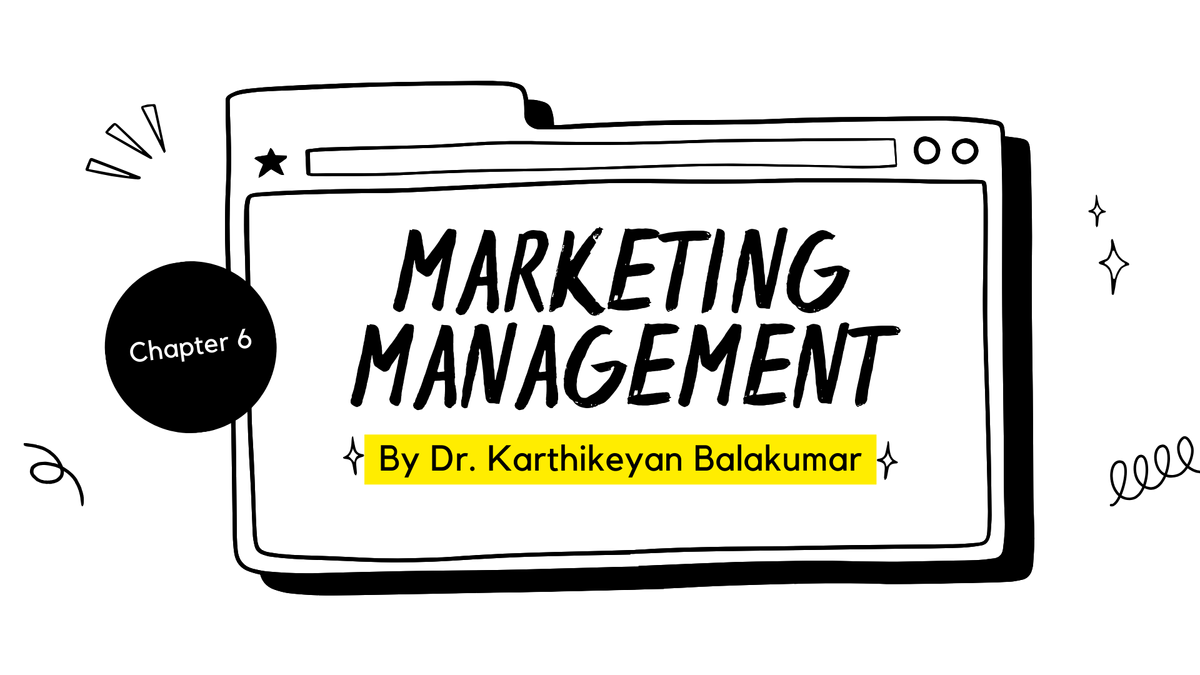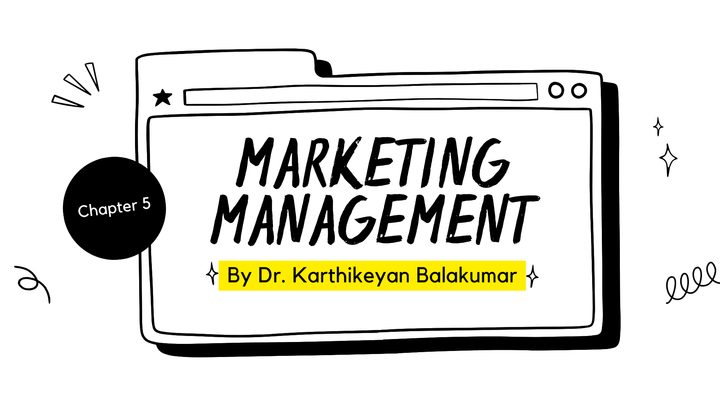Pricing and Channels

This week has been quite challenging for me, so I’m going to make this a quick article (bullet points type). So, let’s begin.

This week we had three classes.
🔸Pricing strategy – we discussed the case of The Springfield Nor'easters- trying to price tickets
🔸Distribution 1 - Castrol India Limited: An innovative distribution channel
🔸Distribution 2 - Nature view Farm
In many ways, these are the topics that are closest to my heart. My own thesis has been in these areas and I simply love talking about sales and distribution (and also pricing).
Here are the quick notes:
Pricing strategy:
🔸Pricing is both an art and a science. While we can explain how we can scientifically maximise a firm's revenue, it’s important to recognize that consumers are people with a heart. They tend to be emotional creatures who can be influenced by a variety of biases that they may have.
🔸What biases are we talking about:
🔹Anchoring Bias: Consumers rely on the first price they see to make subsequent comparisons, influencing their perception of value. e.g. A first mover always tends to anchor the price for the whole category. Think iPod.
🔹Loss Aversion: Consumers are more motivated to avoid losses than to achieve equivalent gains, making them sensitive to pricing framed as avoiding loss. Think “only available while stocks last” or “Limited editions”.
🔹Endowment Effect: Consumers overvalue products they feel ownership of, increasing the likelihood of purchase after free trials or limited use. Think of Apple making you touch the macbook pro before while you are in store.
🔹Decoy Effect: Introducing a less attractive option steers consumers toward a higher-priced, more profitable product. This economist’s pricing.
🔹Framing Effect: The way price is presented (e.g., focusing on savings or small daily costs) influences consumer perception of its affordability. Think of insurance sellers - “Just Rs.1 per day for life cover”
🔹Herd Behavior: Consumers follow the actions of others, often perceiving products with social proof as more valuable. E.g.. New York Best Seller list!
🔹Scarcity Bias: Limited availability or time-sensitive offers make products appear more desirable and valuable. E.g. limited-stock availability.
🔹Sunk Cost Fallacy: Once consumers have invested resources, they are more likely to continue spending, even irrationally. E.g. Printers!
🔹Confirmation Bias: Consumers seek information that supports their existing beliefs, making them more likely to justify premium prices if aligned with their values. E.g. Organic products command a premium.
🔹Price-Quality Heuristic: Consumers often equate higher prices with better quality, especially in luxury or premium markets. E.g. Expensive wine is better.
🔸Pricing can work differently in B2B and B2C contexts. The more involved decision-making unit can make it difficult for you to play around in B2B contexts. Therefore, you can expect some of these biases to not be as effective there.
🔸It’s not always the user who ends up paying. Very often, you will see that there are other stakeholders in the equation who are willing to foot part of the bill, if not the entire bill. This happens in the case of products and services that enhance consumer welfare.
🔸There are two papers that I’d like you to read
🔹Beyond the many faces of price: an integration of pricing strategies by Tellis
🔹Economic foundations for pricing by Nagle
Distribution 1 – The basics

Distribution is like politics. There is a lot of interesting things that you can do here, and they all have to do with power and money.
Here is a quick download on everything we discussed in class.
🔸There are two types of channels – Distribution channels and communication channels. Our interest is in the former.
🔸You can think of breaking down channels in many ways. Owned/outsourced. Direct/Indirect. Online/Offline. These are not dichotomies. They are essentially a spectrum and you can think of every possible channel to be somewhere on the spectrum.
🔸No manufacturer will want to be slave to one channel. They diversify to ensure that they are always able to get the product to the consumer.
🔸Channel actors are powerful. If not for the, there is no way the product can reach the customer. This is more the case when the firm chooses to distribute intensively (as opposed to selectively)
🔸Every actor in a distribution channel has to justify his or her own existence by adding value. If you are not adding value, chances are they will be replaced.
🔸Lots of innovations keep happening in this area. Channels are in a constant state of flux.
🔸Some companies customize their channels to fit different regions or customer segments. For example, urban areas may have more online options, while rural areas might rely more on traditional retail. Discuss how firms decide which channels to emphasize based on consumer preferences and geographic factors.
🔸Channel actors can sometimes work collaboratively to create mutual value. Strategic alliances or co-branding efforts between manufacturers and retailers can create synergy and improve the overall consumer experience. Think of something like e-choupal here.
🔸Consumer behaviour plays a key role in the channel selection. Channel partners are also consumers in a way, and they can behave to maximize their own utility. We discussed the case of HPCL here, and we understood how sometimes because youa re too depended on one product, HPCL forecourts can purchase other SKUs but not invest efforts in retailing them.
Distribution 2 – Managing channel conflict

In the previous class, we discussed about the key ideas in distribution. It so happens that not everything is a macro story. There are many micro stories that require us to look at fine print. This class was an exercise in looking at them.
Here’s a quick download on everything we discussed in class:
🔸Two channels serving the same segment of consumers can enter into channel conflicts
🔸Conflicts are not necessarily bad. They are in fact, good when they happen infrequently.
🔸Conflicts can be categorized as vertical conflicts and horizontal conflicts.
🔹Vertical conflicts occur when the channel partner is at odds with the firm, or the consumer.
🔹Horizontal conflicts occur when the partner is at odds with another partner – most likely someone serving the same geography/customer segment.
🔸If channel partners are too comfortable, that essentially means they are not working to the best of their abilities and pushing themselves to perform against competition
🔸Channel partners can be very close to firm representatives. Asking for favors and negotiating better terms for themselves is common.
🔸Channel partners may not like constraints on their freedom. Exclusivity, price regulation, expecting branding etc may not be taken easily. Remember, the firm owns the brand and they have the most to gain or lose from any activity in the market.
🔸Motivating channel partners is critical. We have to ensure that they also have an incentive to perform more.
🔸No channel partner should become too big to fail. It’s critical to have a contingency plan in place.
🔸Training the channel partner’s same force is critical. Product knowledge updating, best practices sharing, incentivizing, and motivating become a critical component of the sales managers’ job.
🔸It is essential that channel partners align with the firm’s long-term goals and vision. Misalignment can lead to inefficiencies or even brand damage. Many brands have failed primarily on this account.
🔸Effective conflict resolution strategies include mediation, restructuring agreements, or even creating incentives for partners to collaborate. Transparent communication and clear expectations can prevent destructive conflicts.
🔸With the rise of digital platforms, some firms have chosen to eliminate traditional intermediaries and sell directly to consumers, a process called disintermediation.
🔸Manufacturer encroachment is the term used to describe the act of the firm directly selling to consumers without any intermediaries.
With this, we come to a close of the lecture notes for the classes so far.
I am yet to give you an update on what group project you will have to work on. I shall do that in some time.



